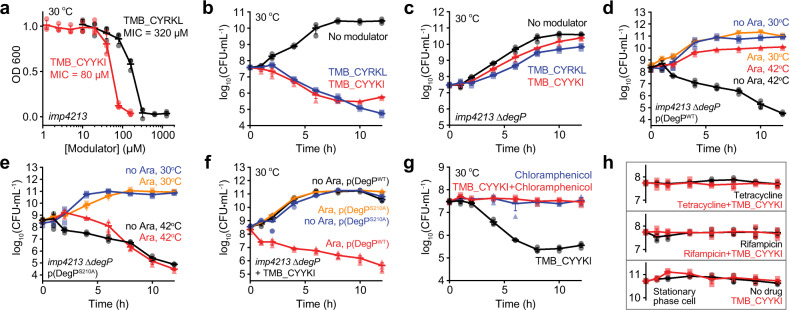Fig. 3. Tripodal compounds inhibit bacterial growth in a DegP-dependent fashion.
Data are presented as dot plots with mean ±1 SD (n = 3 independent experiments). a Growth of the imp4213 cells in the presence of TMB_CYYKI or TMB_CYRKL. Overnight cultures in LB broth were diluted 100-fold in the presence of different concentrations of TMB_CYYKI or TMB_CYRKL. Growth was monitored by OD600 after 12 h at 30 °C. b Time-kill curves of the imp4213 strain with TMB_CYYKI, TMB_CYRKL or no compound. Cells at log phase (OD600 = 0.01) were incubated at 30 °C in the absence or presence of TMB_CYYKI (160 µM) or TMB_CYRKL (640 µM). Cells at different times were taken out to determine colony forming units (CFUs). c Time-kill curves of the imp4213 ∆degP strain with TMB_CYYKI, TMB_CYRKL, or no compound at 30 °C. d, e Time-kill curves of the imp4213 ∆degP strain that has a plasmid expressing either DegPWT (d) or DegPS210A (e) in the absence or presence of arabinose (Ara) at 30 °C or 42 °C. f Time-kill curves of the imp4213 ∆degP strain containing a DegPWT- or DegPS210A-plasmid in the presence of TMB_CYYKI (2x MIC) at 30 °C. g, h Time-kill curves of the imp4213 strain at 30 °C in the presence of TMB_CYYKI (160 µM), chloramphenicol (20 µg/ml), rifampicin (0.016 μg/ml), tetracycline (2 μg/ml), or both an antibiotic and TMB_CYYKI. Those of the cells at stationary phase in the absence or presence of TMB_CYYKI are also shown.

